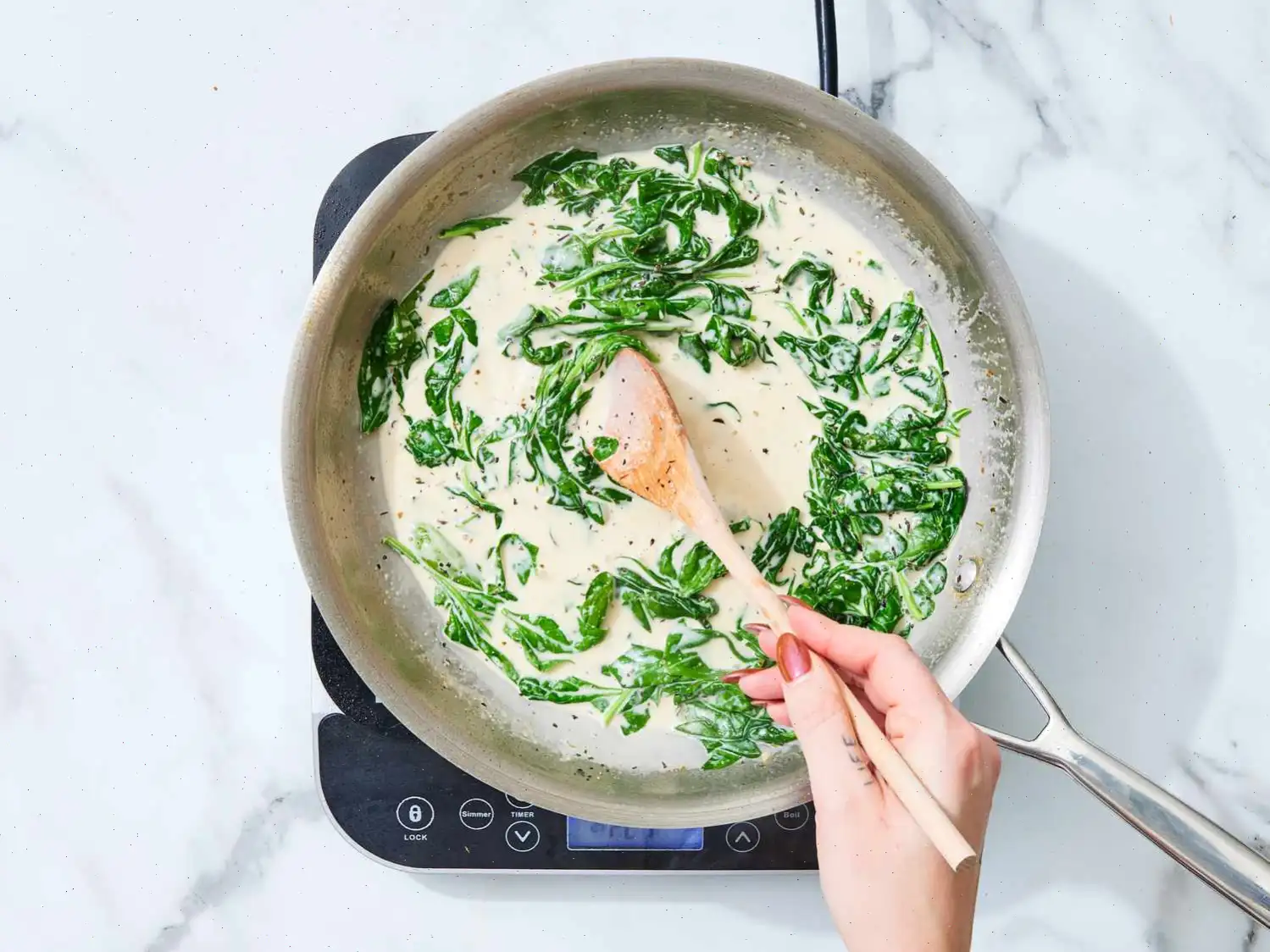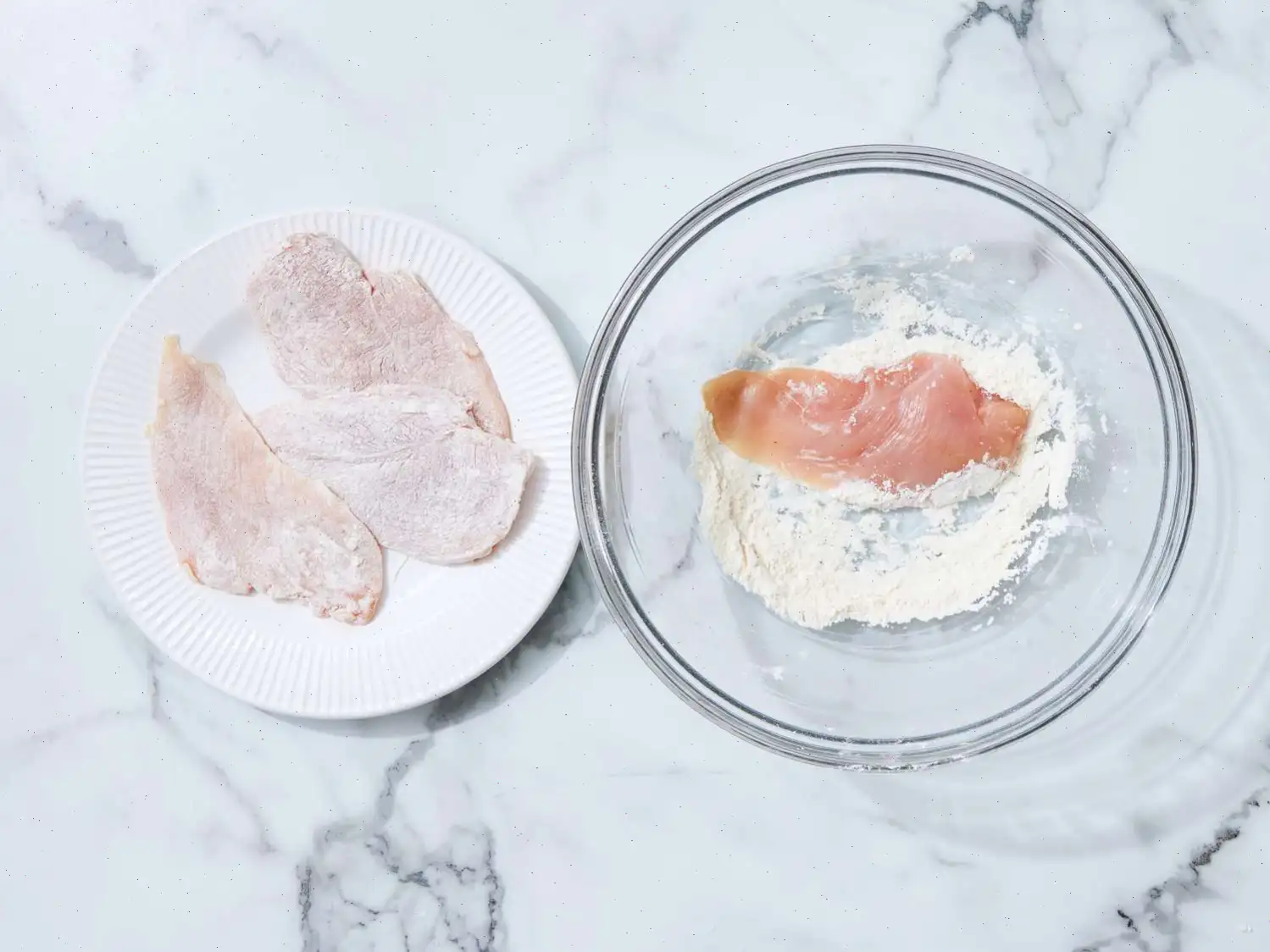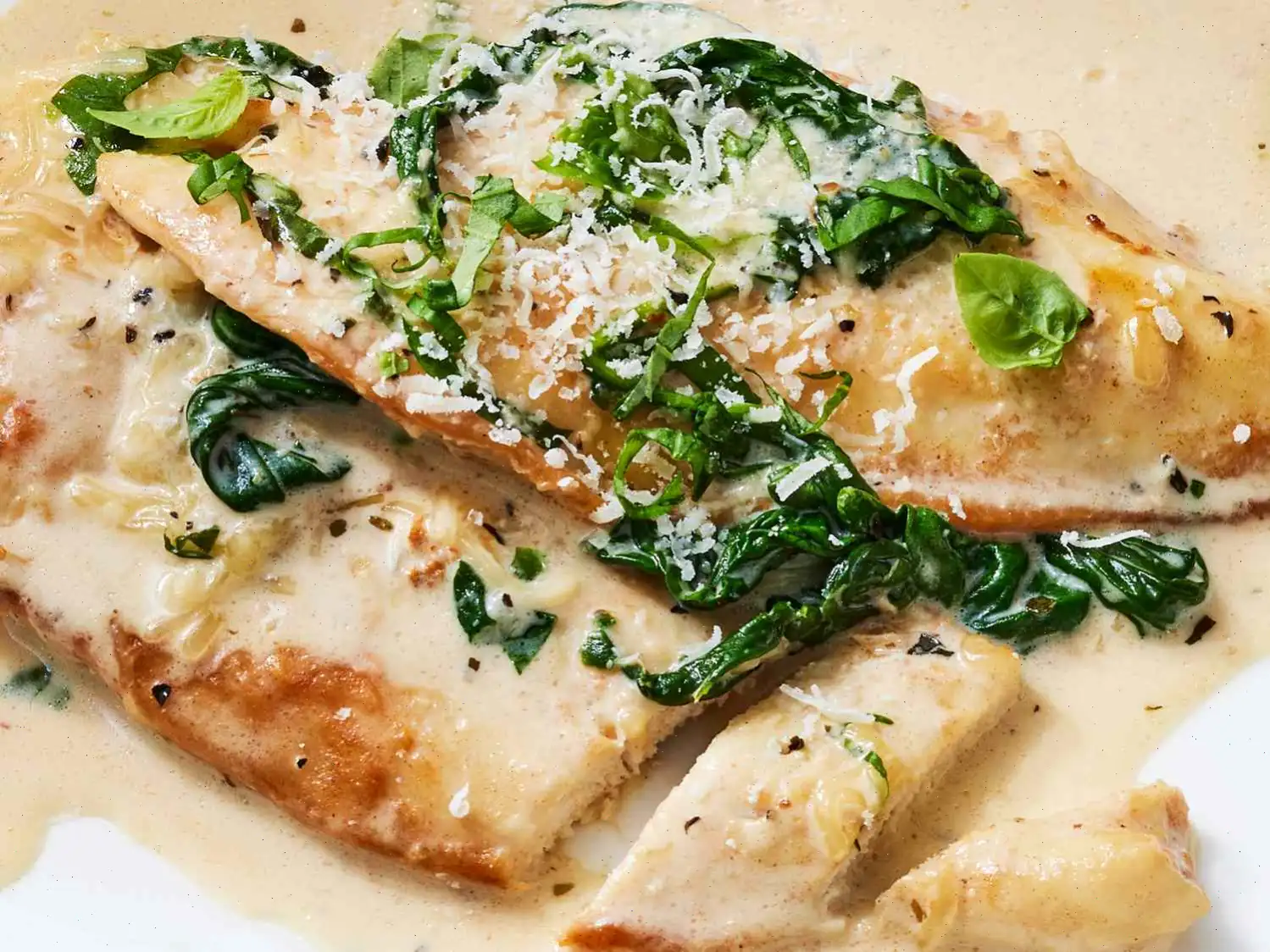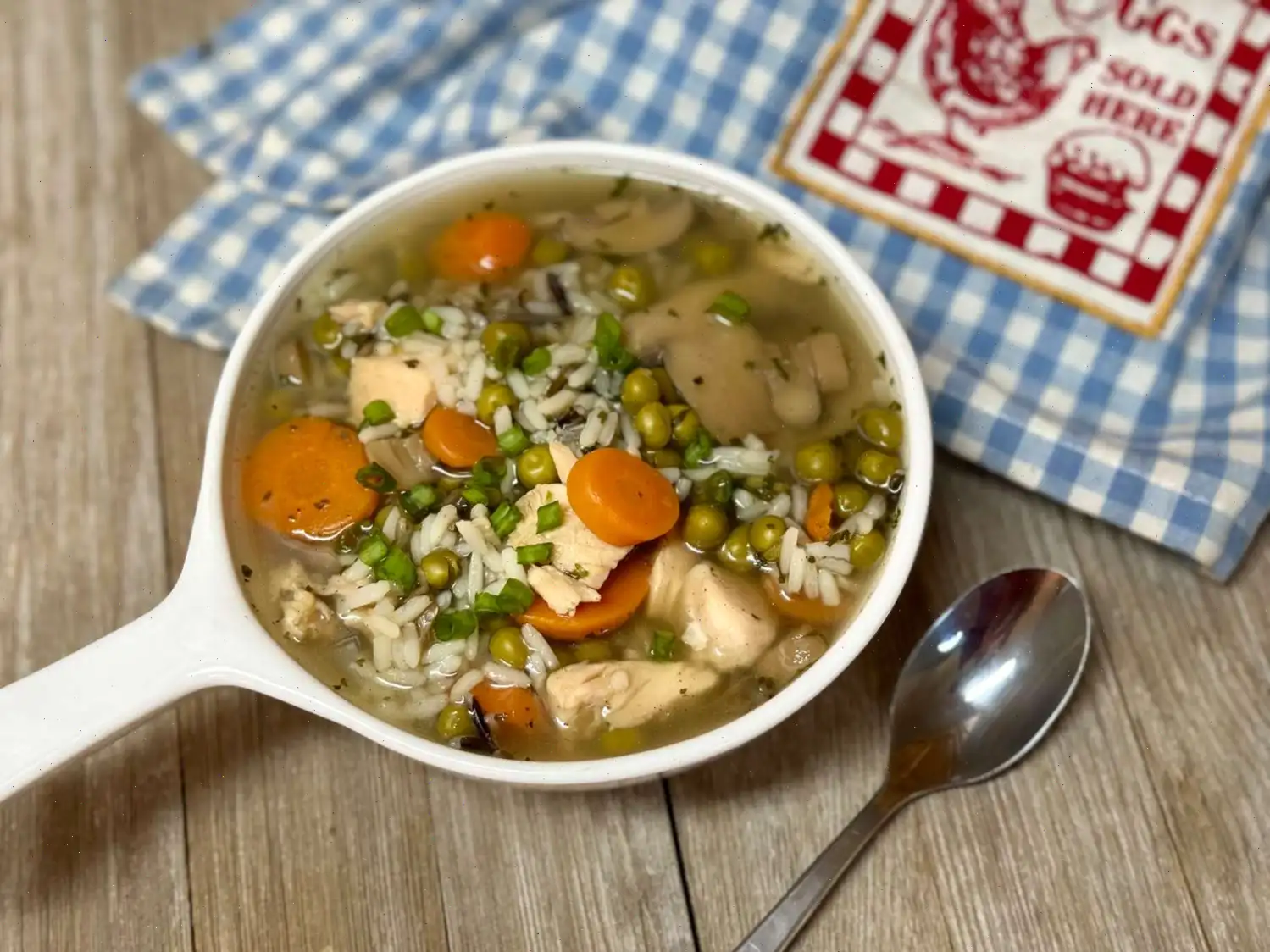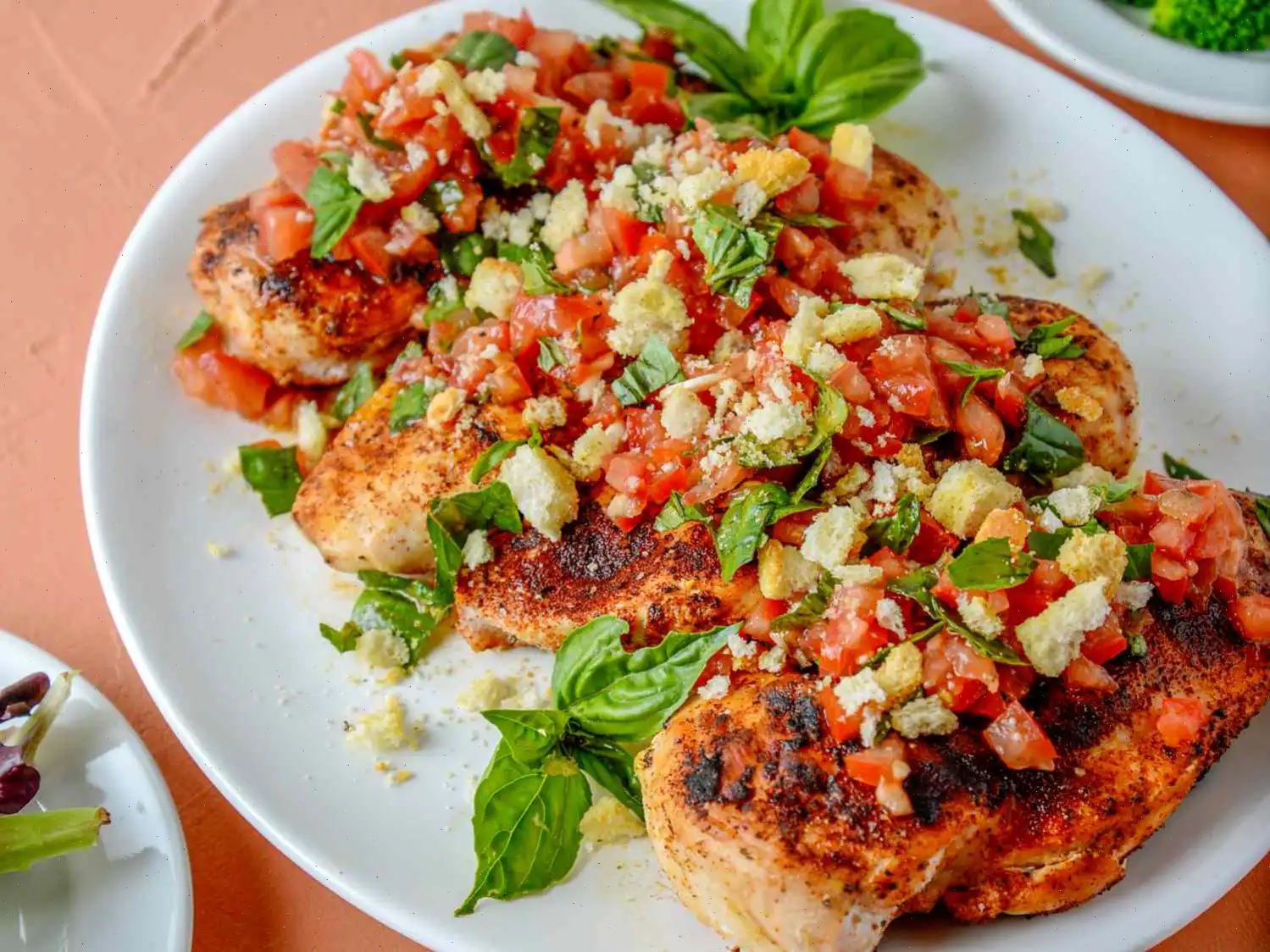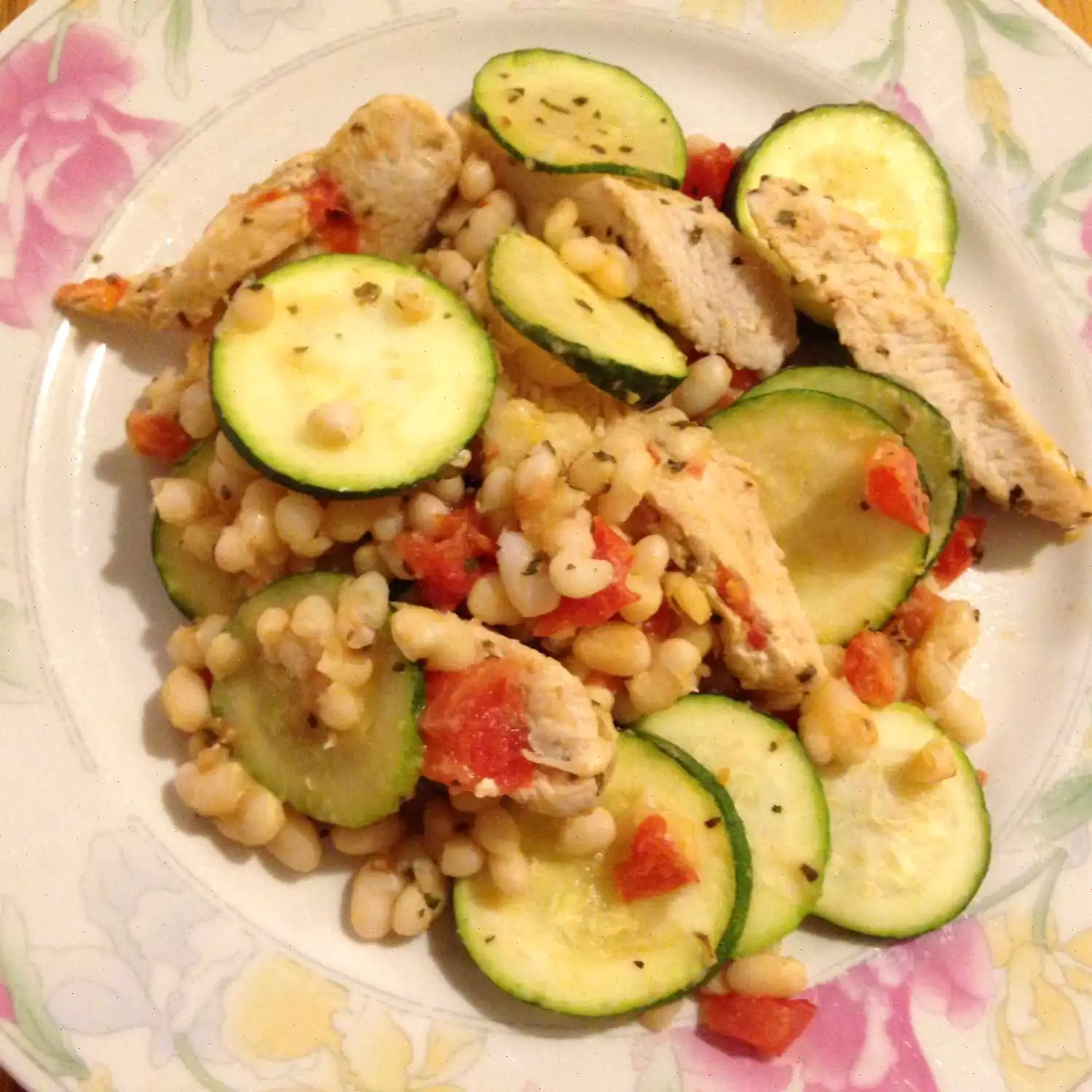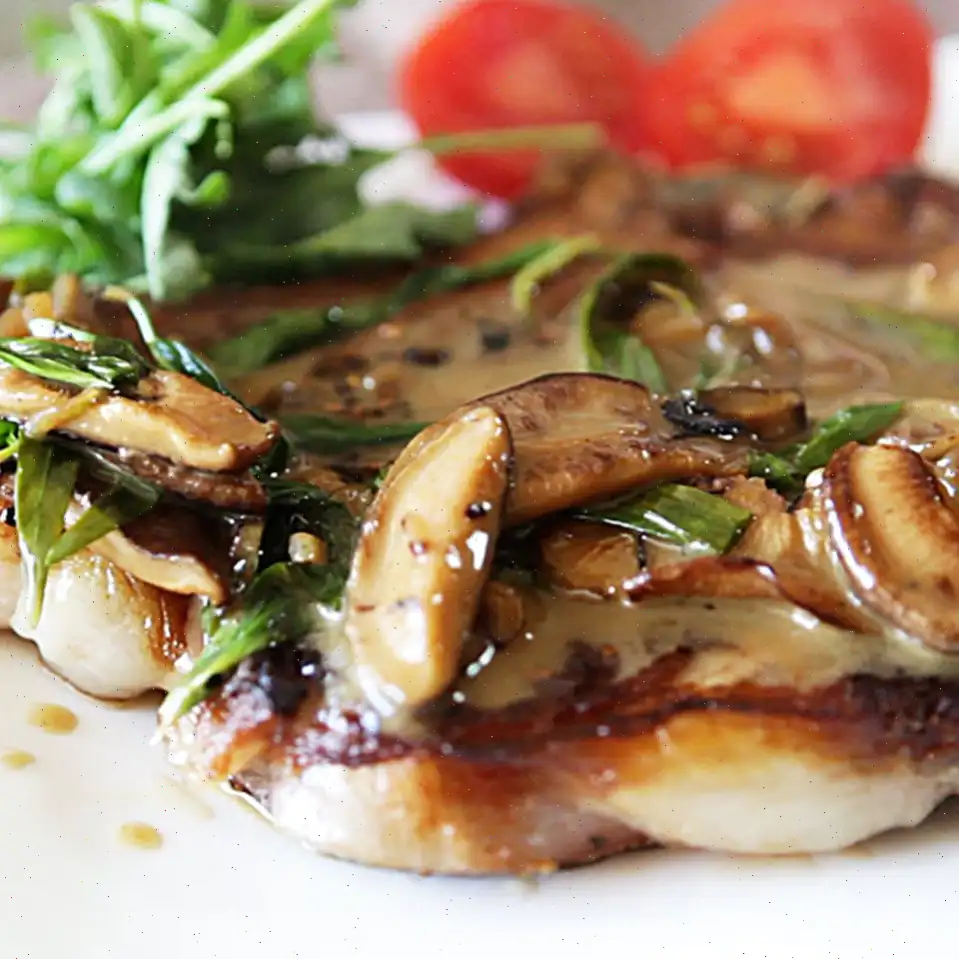
Chicken Florentine Recipe
Chicken Florentine is a dish that combines tender chicken, rich cream, and a cheesy, flavorful sauce. It feels both luxurious and comforting, with a history that dates back to the 1500s. Its said to have been inspired by Queen Catherine de Medici of France, who adored dishes reminiscent of her hometown in Florence, Italy. The dish is typically made with spinach and Mornay sauce, a cheese-infused bchamel. Heres how you can create this indulgent, yet simple, meal at home.
Ingredients
- 1/4 cup all-purpose flour
- 3/4 teaspoon kosher salt, divided
- 2 (10-oz each) boneless, skinless chicken breasts, cut in half horizontally
- 2 tablespoons unsalted butter
- 1 tablespoon olive oil
- 1/2 cup dry white wine
- 3/4 cup chicken stock
- 3/4 cup heavy whipping cream
- 1/2 teaspoon freshly ground black pepper
- 1/2 teaspoon garlic powder
- 1/4 teaspoon dried oregano
- 1/8 teaspoon dried thyme
- 1/8 teaspoon dried marjoram
- 1 (5-oz) package fresh baby spinach (about 4 cups packed)
- 1/4 cup roughly chopped fresh basil
- 1 ounce Parmesan cheese, finely shredded (about 1/4 cup)
Directions
Step 1: In a medium bowl, combine the flour with 1/4 teaspoon of salt. Dredge each chicken cutlet in the flour mixture, making sure to coat it evenly. Shake off the excess flour and set the chicken aside on a plate.
Step 2: Heat a large skillet over medium-high heat. Add the butter and olive oil. Swirl occasionally and cook until the butter becomes frothy, about 30 seconds.
Step 3: Add the chicken to the skillet in a single layer. Cook for about 8 minutes, turning once halfway through, until the chicken is golden brown and a thermometer inserted into the thickest part reads 165F. Transfer the chicken to a wire rack and set aside.
Step 4: To the same skillet, pour in the white wine. Cook over high heat, stirring occasionally and scraping up the browned bits from the bottom of the pan, until the wine has reduced by half, about 1 minute.
Step 5: Stir in the chicken stock, heavy cream, black pepper, garlic powder, oregano, thyme, marjoram, and the remaining 1/2 teaspoon salt. Bring the mixture to a simmer over medium-high heat and cook, stirring occasionally, for about 4 minutes, until slightly thickened.
Step 6: Add the fresh spinach to the skillet, stirring often until the spinach wilts, which should take about 1 minute.
Step 7: Return the chicken to the skillet. Cook over medium-high heat for about 1 minute, turning the chicken once, until it is heated through.
Step 8: Remove from heat and stir in the chopped basil and shredded Parmesan cheese. Swirl everything together until well combined, then serve.
What to Serve With Chicken Florentine
For a satisfying meal, serve Chicken Florentine with mashed potatoes, pasta, or crusty bread. Its rich and indulgent, making it the perfect comfort food for any occasion.
Storage and Reheating
To store: Keep any leftovers in an airtight in the refrigerator for up to five days. When reheating, allow the dish to come to room temperature, then heat gently in a skillet over low heat.
To freeze: Freeze Chicken Florentine in a freezer-safe for up to one month. Thaw completely before reheating.
Test Kitchen Tips
- To save time, consider using chicken breast cutlets, which dont require slicing.
- For extra flavor, substitute Gruyre cheese for the Parmesan in the Mornay sauce.
Nutrition Facts (Per Serving)
- Calories: 571
- Total Fat: 33g (42% DV)
- Saturated Fat: 17g (85% DV)
- Cholesterol: 193mg (64% DV)
- Sodium: 556mg (24% DV)
- Total Carbohydrate: 12g (4% DV)
- Dietary Fiber: 1g (4% DV)
- Protein: 50g (100% DV)
- Vitamin C: 9mg (10% DV)
- Calcium: 150mg (12% DV)
- Iron: 3mg (18% DV)
- Potassium: 681mg (14% DV)
Note: Percent Daily Values are based on a 2,000 calorie diet. Your daily values may vary depending on your calorie needs.

The Story Behind Chicken Florentine
Chicken Florentine is a dish with deep historical roots that trace back to the Renaissance period. The term "Florentine" generally refers to dishes prepared with spinach, a practice popularized in the kitchens of Florence, Italy. While spinach itself became widely incorporated in European cuisine in the 15th and 16th centuries, the name Florentine gained international recognition through French cuisine. One popular legend attributes the concept to Catherine de Medici, an Italian noblewoman who married into the French royal family. She supposedly introduced spinach-based preparations to French aristocratic tables, combining them with creamy sauces and delicate proteins like chicken.
Regional Variations
Although Chicken Florentine is now considered a classic American-Italian dish, its preparation varies slightly by region. In the United States, the dish typically features chicken breasts cooked in a creamy white wine and spinach sauce, often enriched with Parmesan or Gruyre cheese. In Italy, spinach-based Florentine preparations are more likely paired with veal or fish and seasoned simply with olive oil, garlic, and lemon. French adaptations sometimes incorporate Mornay sauce, a bchamel enriched with cheese, giving the dish a rich, velvety texture. Each region adjusts herbs and seasoning according to local tastes, creating subtle yet distinct flavor profiles.
How It Differs from Similar Dishes
Chicken Florentine may resemble other creamy chicken dishes, such as Chicken Alfredo or Chicken Supreme, but it is unique due to its emphasis on spinach and the Florentine technique. Unlike Alfredo, which relies heavily on butter and cream with a pasta base, Chicken Florentine balances the creaminess with the earthy taste of spinach. Compared to Chicken Mornay, which also features a cheesy bchamel sauce, Chicken Florentine often includes white wine and fresh herbs, resulting in a lighter and more aromatic profile. Its defining feature is the combination of tender chicken, wilted greens, and a subtly flavored sauce.
Where It Is Commonly Served
Chicken Florentine is versatile, appearing both in home kitchens and upscale restaurants. It is commonly served as a dinner entre with sides such as mashed potatoes, rice, or pasta. Many restaurants feature it on date-night or special occasion menus because of its rich, indulgent sauce and elegant presentation. In casual settings, it is often prepared as a quick weeknight meal, while in fine dining, chefs may enhance it with additional ingredients like sauted mushrooms, sun-dried tomatoes, or a drizzle of truffle oil.
Interesting Facts
- The name Florentine in cooking is historically tied to Florence, Italy, and originally indicated the presence of spinach in the dish.
- Spinach became a symbol of sophistication in Renaissance Europe, which is why many aristocratic recipes highlight it.
- While Chicken Florentine is usually associated with cream and cheese in modern recipes, early versions were much simpler, focusing on fresh herbs and butter.
- The dish demonstrates the blending of Italian and French culinary traditions, reflecting the historical influence of Italian chefs in French courts.
- Despite its rich appearance, Chicken Florentine is surprisingly adaptable: it can be prepared with chicken, fish, or even tofu for vegetarian variations.
You can listen to this recipe in AI audio format. Simply click the play button below to listen to the content in a format that suits you best. It’s a great way to absorb information on the go!
FAQ about Chicken Florentine Recipe
Comments
Marcia
10/06/2025 01:52:54 PM
Just perfect! I have made it couple times. Now I am making to put in freezer as I have to be out of state for a month. Now sister and son can have it any day they want
YellowSoup5752
03/17/2025 01:31:45 PM
I used fresh garlic and reduced the salt. I also didn't have any fresh basil, so I used dried and added it with the other dried ingredients. Not as pretty, but the flavor was great. Spinach is my wife's favorite and she loved this dish. We'll definitely do it again.
alynnrob
04/07/2024 11:24:40 PM
Amazing! I didn’t have thyme or marjoram but we don’t like a lot of extra spices anyway. I used fresh basil paste from the produce section. Served with penne pasta…It was devoured!
janmauss
04/06/2025 07:10:00 PM
A mornay sauce is a bechamel that includes cheese. This sauce is not mornay, although Parmesan cheese is added at the end of cooking. It's a veloute enriched with cream. I learned this stuff in 9th grade home ec--a required class in my rural school--in the late 1950s. We were told that because it wasn't legal for our school to use wine for the sauce, so it would be made with chicken stock only. This recipe, despite incorrect terminology, is delicious. I used fresh marjoram and thyme, and--of course--dry white wine.
Margery Roeker Kane
06/28/2024 10:33:08 PM
Great flavor! It did need more salt and fresh garlic really helped. Pretty awesome!!
Cynthia McHugh
10/27/2024 10:41:37 PM
We don't eat spinach anymore; would kale work? Otherwise it sounds good.
Glenn Brown
03/21/2025 11:25:06 PM
The recipe was easy to follow, thank you!!
Richard Parker
03/20/2025 11:25:25 PM
Seriously good — I’m hooked.
Angie
03/18/2025 02:51:49 PM
I love easy delicious meals that everyone in my family likes to eat! So yes a definite keeper! 👍🏼👩🏻🍳
Ruth Flores
10/29/2024 01:46:46 PM
Totally recommend to anyone, honestly.
Proph
05/15/2024 11:58:39 PM
Had to sub dry vermouth for white wine, subbed dry basil for fresh & didn't use parm. Was still good. Husband loved it.
tcasa
03/24/2024 10:44:52 PM
Great recipe! I followed the recipe as written. I did not have fresh basil but used dried instead. Next time I might add more spinach. Perfect with a crusty piece of bread to dip into the sauce.
Chanel
03/23/2024 12:11:42 AM
Delicious! I doubled the recipe and it turned out great.
Olga Monahan
03/03/2024 06:08:53 PM
Very nice dish that easy to make . Love it 😍
BoldScale4629
03/01/2024 01:45:26 AM
Excellent recipe - turned out very well, so flavorful. I did not have the basil, but not a problem. Prior to starting, I put all the measured spices in a small bowl, so would be quick and easy to add at the broth, cream addition times. I chose to use less salt (1/2 tsp total) - the right choice for my taste. I used 3 skinless chicken breasts, increased amount of fresh spinach - it all worked great. Also, cut a few lemon wedges on the side for others to use if they wanted. Will definitely make this again!





